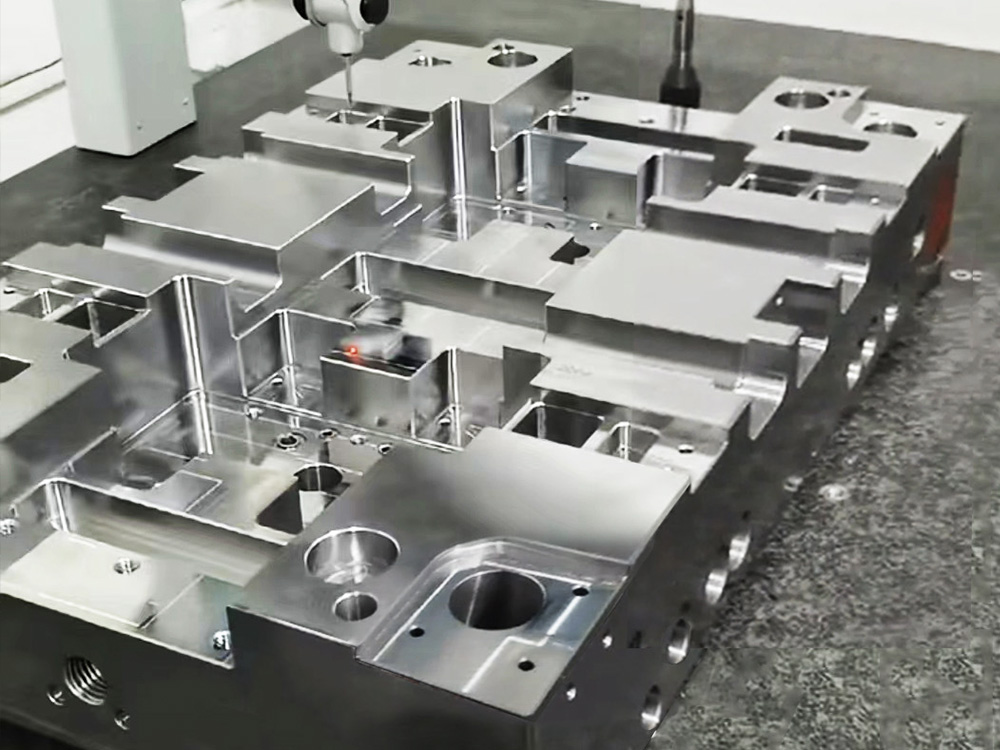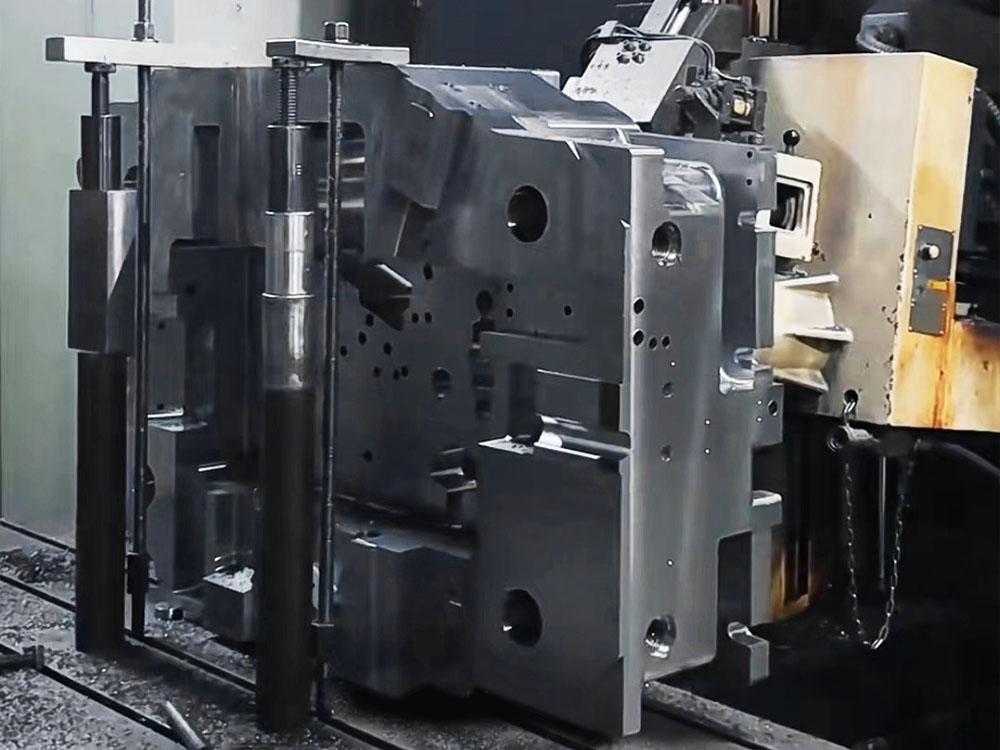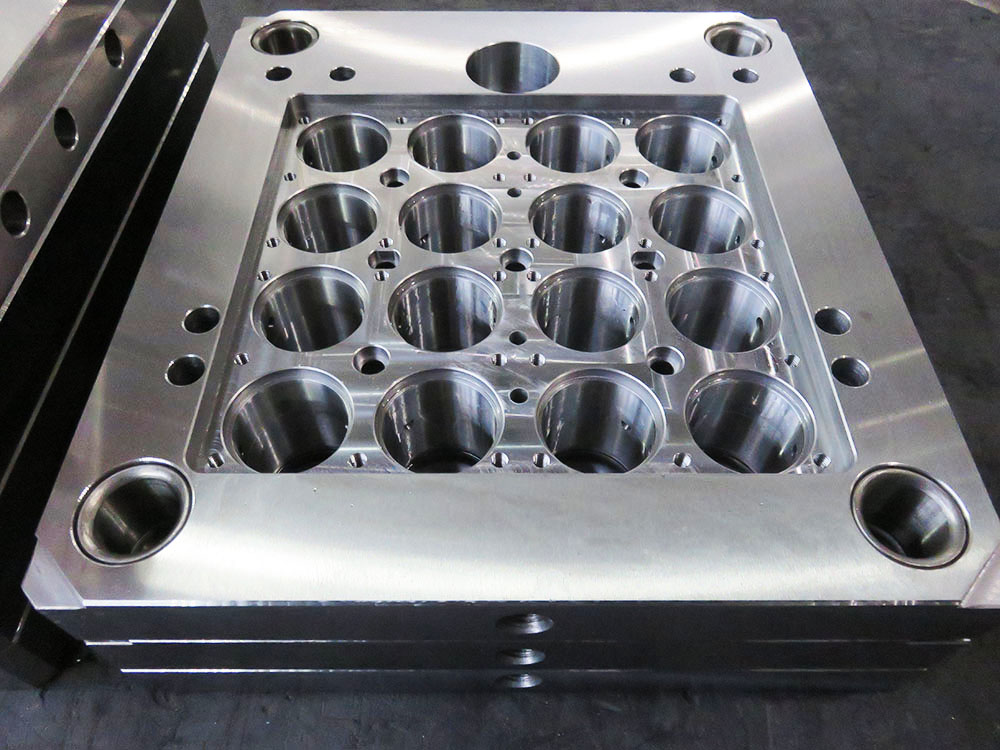How to Accurately Measure the Height of a Model Structure in the Mold Base Industry
In the mold base industry, accurately measuring the height of a model structure is crucial for various purposes like ensuring proper mold fitting, determining accurate injection volume, and facilitating efficient mold maintenance. Here, we will outline a systematic approach with clear guidelines on how to accurately measure the height of a model structure.
Step 1: Understanding the Model Structure
Before starting the measurement process, it is essential to fully understand the model structure. Familiarize yourself with the different components, features, and dimensions of the model structure. This knowledge will allow you to choose the appropriate measurement techniques and tools for accurate height measurement.
Step 2: Selection of Measurement Tools
For measuring the height of a model structure, various measurement tools can be used depending on the complexity and precision required. Commonly used tools include: 1. Height Gauges: These gauges are the most common tool for measuring height. They feature a sliding jaw that can be adjusted to the desired height, providing accurate measurements. 2. Vernier Calipers: Vernier calipers with depth rods can also be used for measuring height. Ensure the calipers are set to zero before taking measurements. 3. Micrometers: Micrometers with depth rods are suitable for measuring precise heights. Use an appropriate size micrometer based on the dimensions of the model structure.
Step 3: Measurement Procedures
Follow these steps to accurately measure the height of a model structure: 1. Cleanliness: Ensure the model structure is clean and free from any debris or foreign particles that may interfere with measurement accuracy. 2. Reference Point: Establish a reference point on the model structure by marking it or using an existing feature. This will provide consistency in subsequent measurements. 3. Positioning: Align the measurement tool with the reference point and adjust it to the desired height. Make sure the tool is perfectly vertical and stable. 4. Recording: Take note of the measurement value indicated by the tool. Maintain a record of all measurements for future reference and comparison. 5. Multiple Measurements: To ensure accuracy, take multiple measurements at different locations on the model structure. This will help identify any variations or inconsistencies. 6. Averaging: Calculate the average of the recorded measurements to obtain the most precise height value for the model structure.
Step 4: Verification and Calibration
Regular verification and calibration of measurement tools are essential to maintain accuracy in the mold base industry. Follow the manufacturer's guidelines for the recommended calibration intervals and procedures. Additionally, perform periodic checks to ensure the measurements remain consistent and reliable.
Conclusion
Accurate measurement of the height of a model structure is vital in the mold base industry for proper mold fitting, ensuring accurate injection volume, and efficient mold maintenance. By following the systematic approach outlined above, understanding the model structure, using appropriate measurement tools, and following precise measurement procedures, one can achieve accurate height measurements in the mold base industry. Remember to verify and calibrate measurement tools regularly to maintain accuracy and reliability in the measurements.




